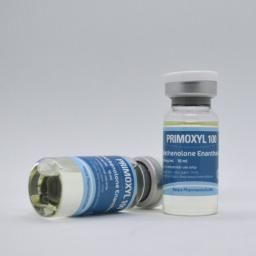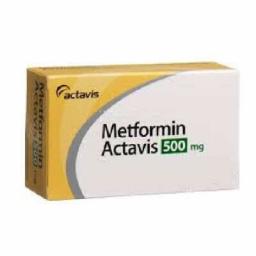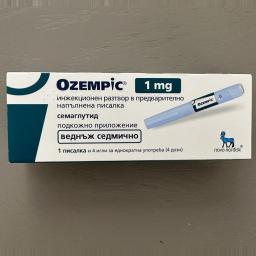What are fibroids?
Fibroids (also know as uterine fibromyomas, leiomyomas or myomas) are non-cancerous growths or lumps of muscle tissue that form within the walls of the uterus (womb).
Fibroids can vary in size ranging from the size of a pea to the size of a rockmelon.
What causes fibroids?
It is not known exactly why fibroids occur; however we do know that the female hormones, oestrogen and progesterone, play a significant role in stimulating the growth of fibroids. Fibroids occur in women of reproductive age, growing at varying rates until the onset of menopause, when they tend to decrease in size and may slowly disappear due to the loss of oestrogen and progesterone.
Symptoms
Fibroids occur in about 50 per cent of women. Many women will go through life not even knowing that they have fibroids as they do not commonly cause symptoms; however for some women they may affect the menstrual cycle or period, fertility, or be the cause of miscarriage or premature labour.
For these women, symptoms may include:
- Heavy or prolonged periods
- Iron deficiency (anaemia)
- Frequent urination
- Pressure sensation on the bladder, bowel or back
- Lower back pain
- A lump or swelling in the abdomen
- Period pain
- Painful sex
- Infertility
- Miscarriage or premature labour
Fertility is not a common problem in women with fibroids, probably affecting less than three per cent of women. In very rare instances, fibroids may become cancerous.
Diagnosis
Fibroids are usually found during a gynaecological exam, ultrasound, hysteroscopy, laparoscopy, or during surgical procedures for other conditions. A hysteroscopy is an internal examination, usually under a general anaesthesia, performed using a hysteroscope (like a telescope), which is inserted into a woman’s uterus to assess the inside cavity. A laparoscopy is an examination, performed under a general anaesthesia, through an incision in the navel (umbilicus) to look at or operate on the pelvic organs, i.e. uterus, ovaries and uterine (Fallopian) tubes.
Treatment
Most fibroids will not require treatment unless they are causing problems (e.g. impairing fertility or causing period pain, heavy bleeding or pressure symptoms).
The treatment will depend on:
- The symptoms caused by the fibroid(s) and the degree of impact on quality of life
- The position of the fibroid(s)
- The size of the fibroid(s)
There are a variety of treatments for fibroids depending on their size and impact.
Treatments may include:
- Hormonal therapies – GnRH angonists are used to shrink fibroids, particularly when interfering with fertility
- Endometrial resection
- Myomectomy
- Laparoscopy
- Laparotomy
- Uterine artery embolisation
- Hysterectomy
The only procedure that will permanently prevent fibroids from growing or recurring is a hysterectomy (removal of the uterus).
Hormonal therapies
GnRH agonists, which cause a temporary menopause, are prescribed to shrink fibroids in the short-term, particularly when they are interfering with fertility.
Endometrial resection
Endometrial resection is an operation under general anaesthesia using the hysteroscope to excise (cut out) a submucosal fibroid (fibroids that are partially or completely in the uterine cavity and partially in the wall of the uterus, usually causing heavy periods).
Myomectomy
Myomectomy is the complete removal of a fibroid either by laparoscopy or laparotomy (an open procedure through an incision in the lower abdomen). The fibroid is removed by opening the uterus over the fibroid and removing it completely. The uterus is then stitched over where the fibroid was removed from.
Uterine artery embolistation
Uterine artery embolisation is a procedure performed by an interventional radiologist under X-ray control and either sedation or anaesthesia. A catheter is inserted into the femoral artery in the groin and threaded into the uterine artery. A substance or coils are inserted to block the artery (one or both) to reduce the blood supply to the fibroid. The size of the fibroid can shrink by 30-50 per cent.
Hysterectomy
Hysterectomy is the removal of a woman’s uterus. Having a hysterectomy is major surgery. The decision to have a hysterectomy should only be made after the woman has been given adequate information about why, how and what the consequences may be. It is important that each woman thinks about how she feels about losing her uterus.
In a woman with fibroids, the size of the fibroids will indicate which form of hysterectomy is appropriate. An abdominal or open hysterectomy is the correct way in women with a very large fibroid uterus which is easily felt in the abdomen. If the uterus is smaller, a laparoscopic hysterectomy or vaginal hysterectomy may be the preferred technique.
Uterine fibroids will not recur if the whole of the uterus is removed (total hysterectomy). A total hysterectomy means that the whole of the uterus including the body of the uterus and the cervix are removed. A total hysterectomy does not routinely include the removal of the ovaries.
For more information see Hysterectomy
Best Steroid Products on Sale
Primoxyl 100
|
Glucophage
|
Testo-C 500 (2ml)
|


